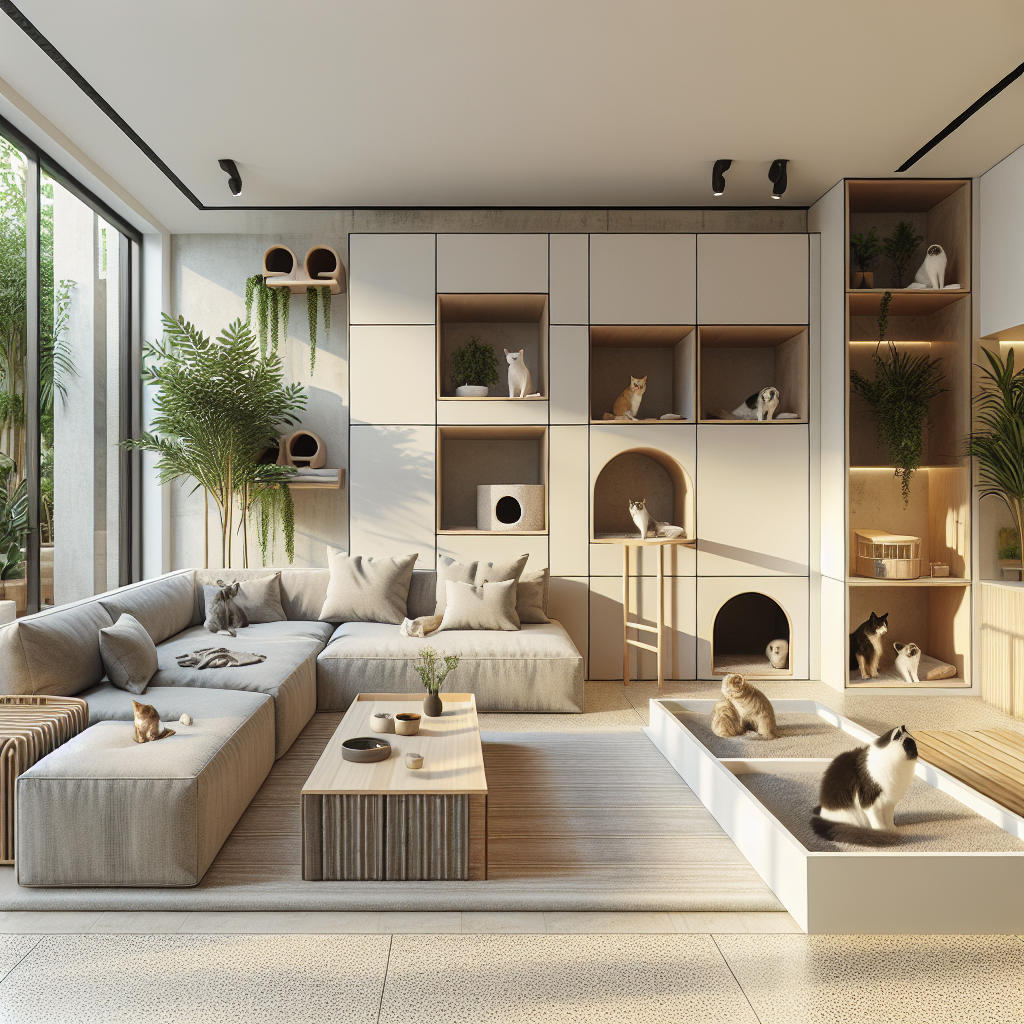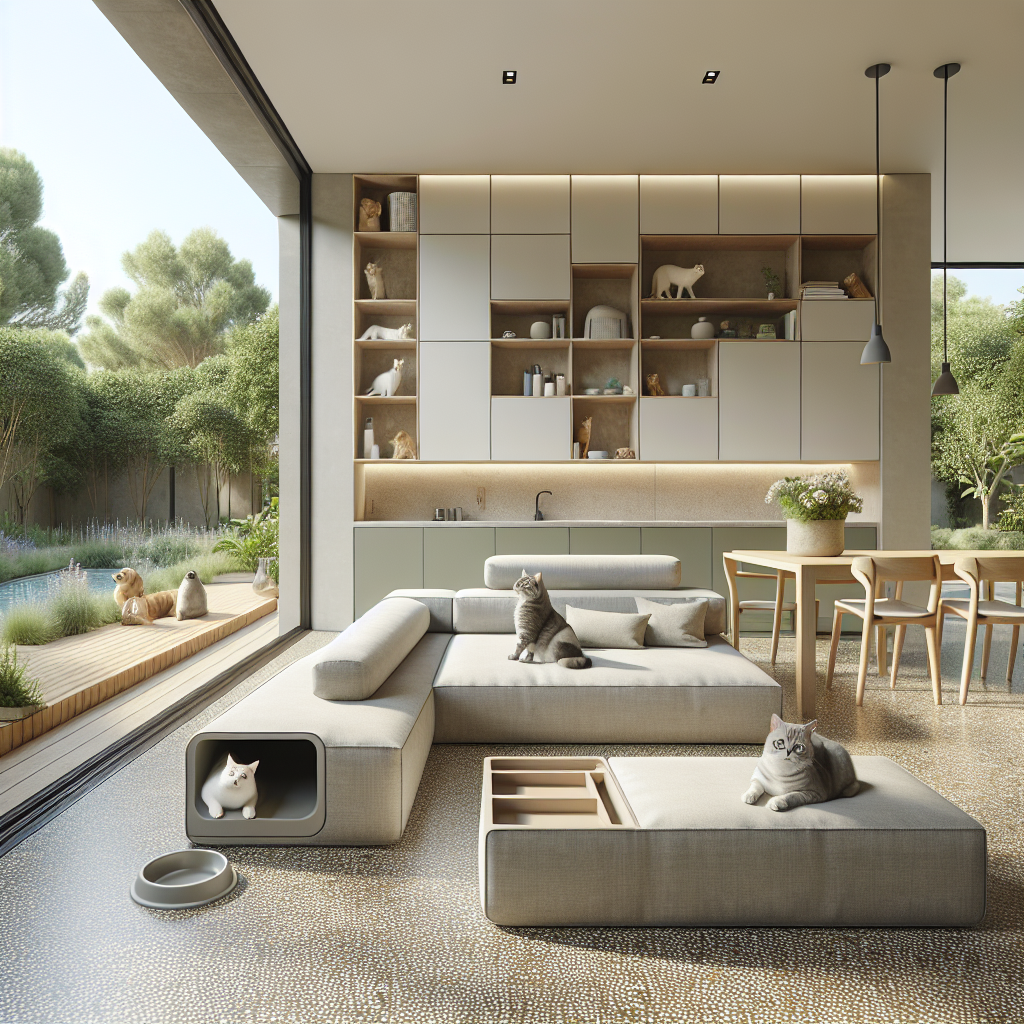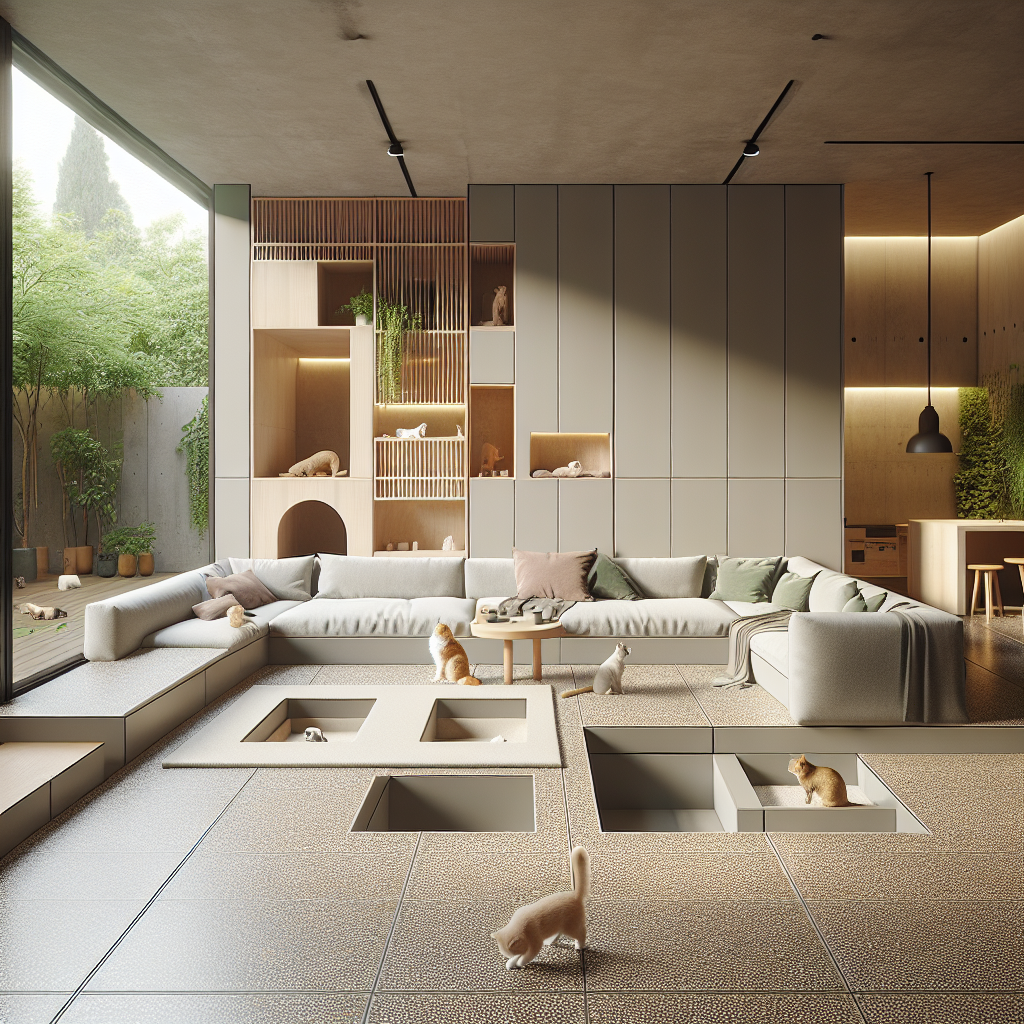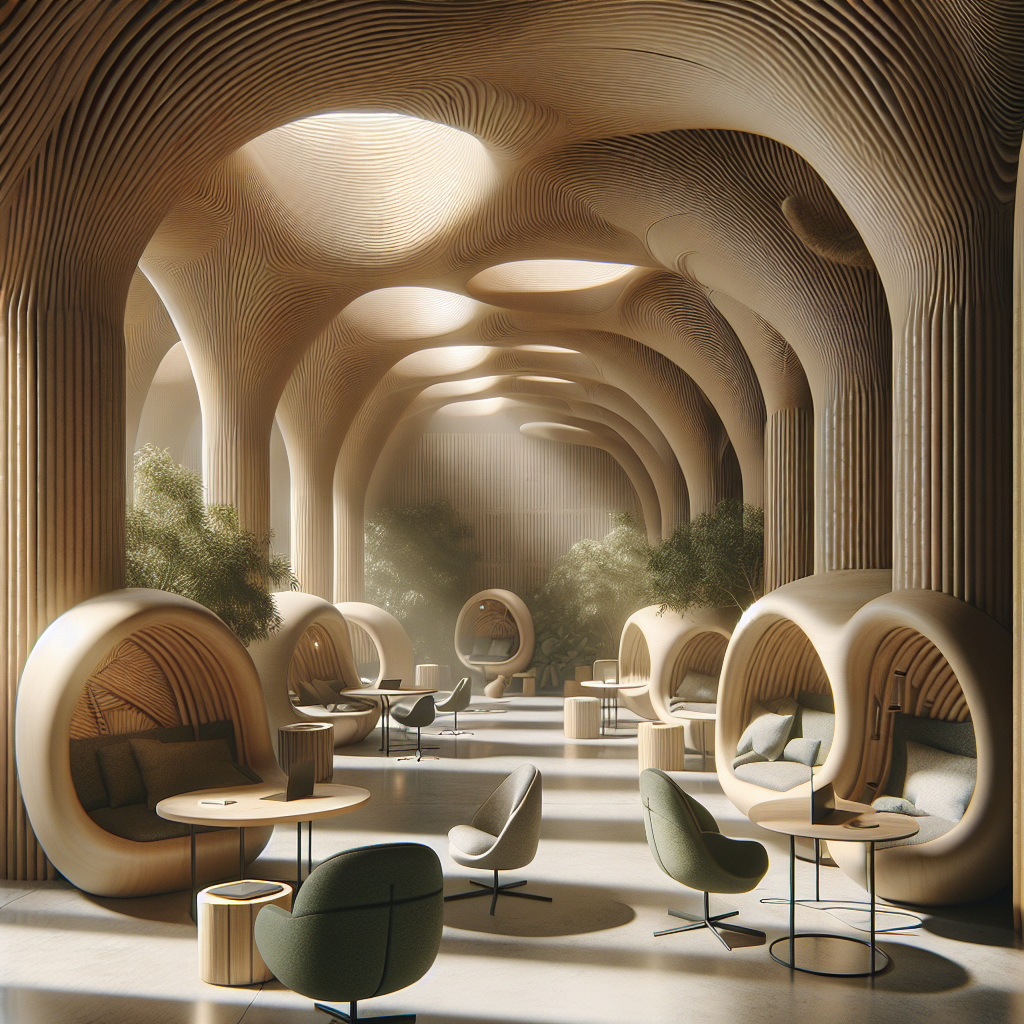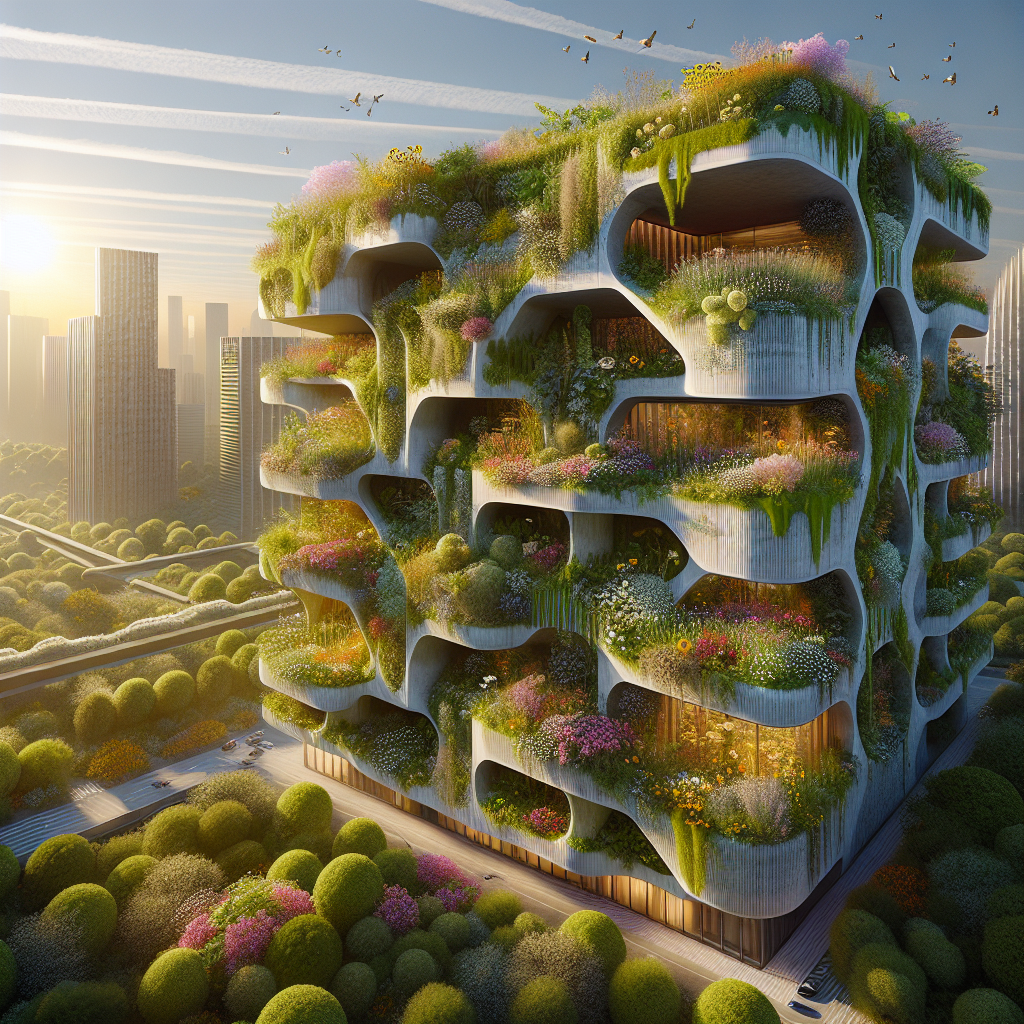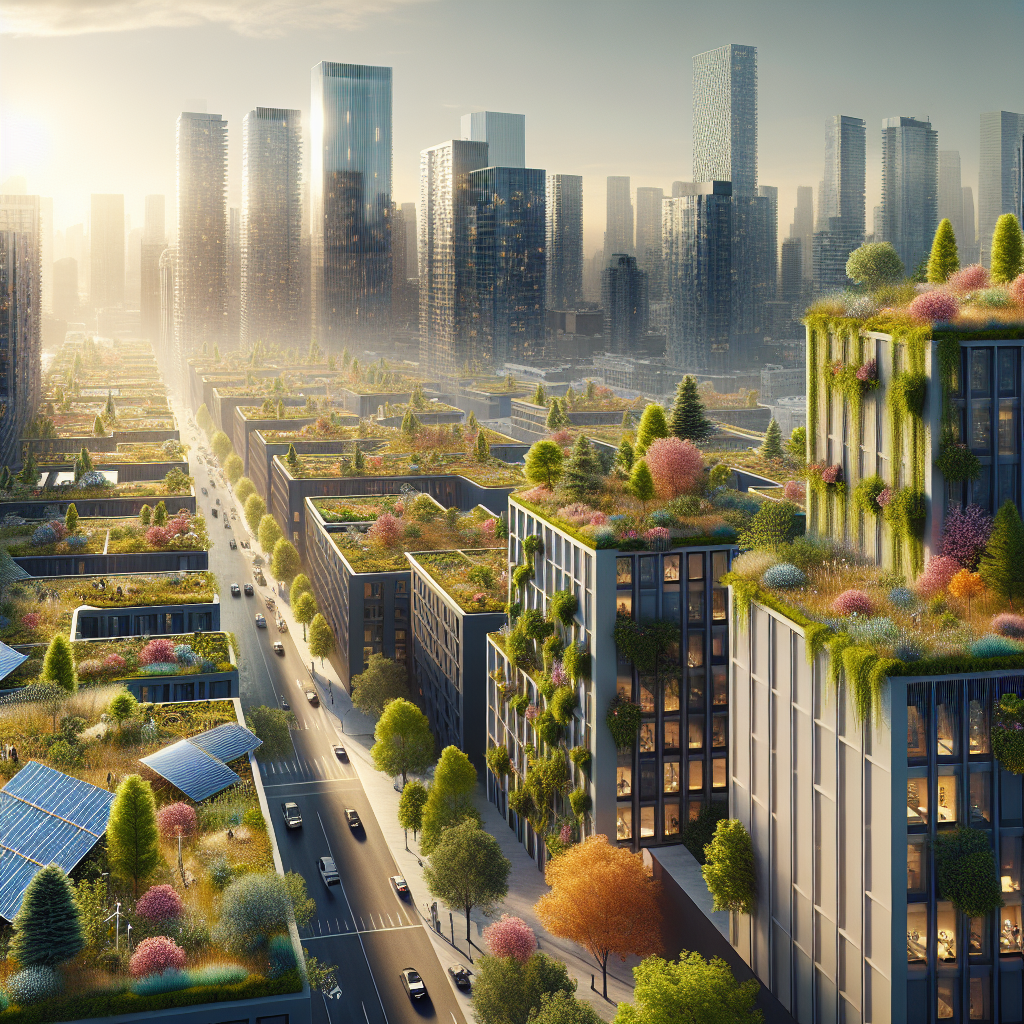Pet-Friendly Home Decor: Stylish Solutions for Modern Families
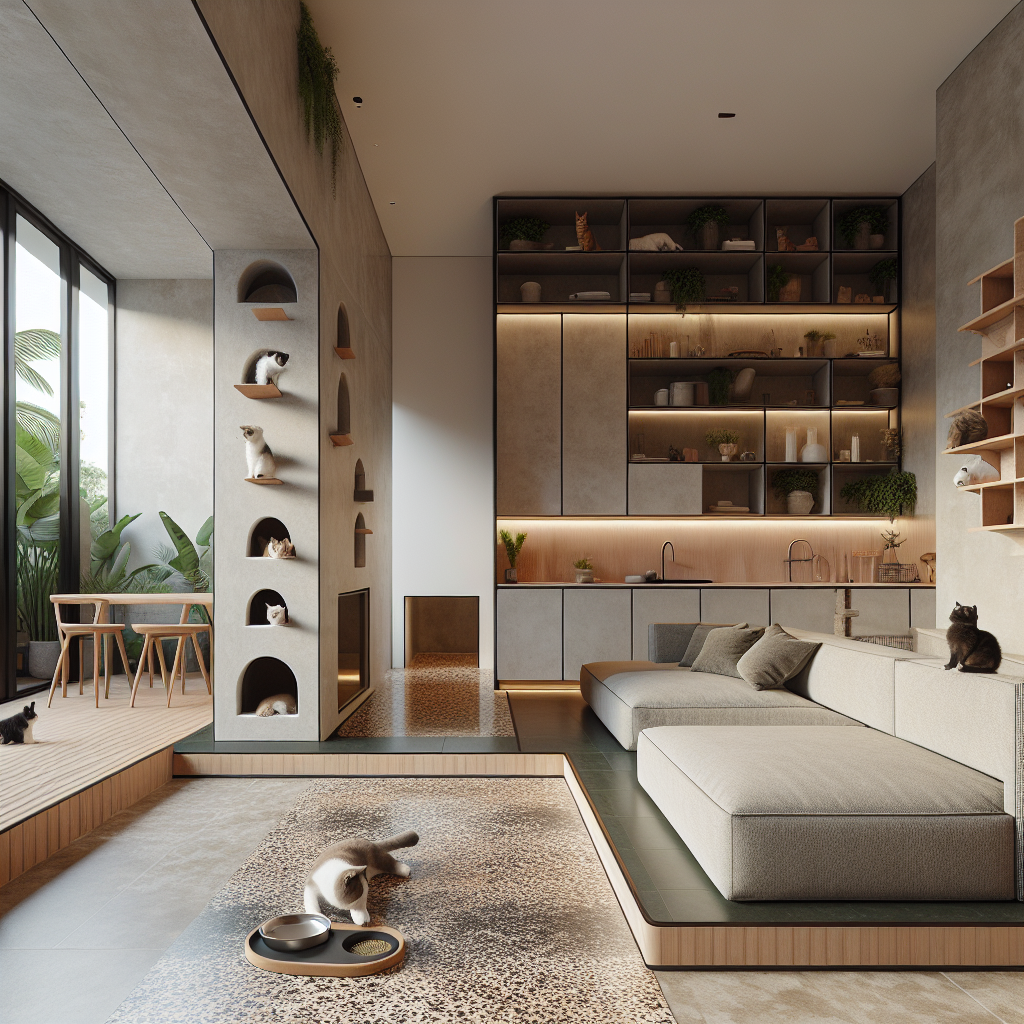
Pet-Friendly Home Decor: Stylish Solutions for Modern Families
Designing a home that is both pet-friendly and aesthetically refined has become a defining challenge for contemporary interiors. As more households embrace pets as integral family members, architects and designers are rethinking how spaces can seamlessly accommodate four-legged companions without compromising elegance. The result is a new design language—one that merges durability, comfort, and sophistication—tailored for modern families who refuse to choose between style and practicality.
The Rise of Pet-Centric Design
According to the American Pet Products Association, nearly 70% of U.S. households now own a pet, a figure mirrored across Europe and Asia where urban pet ownership is rapidly increasing. This demographic shift has influenced the design industry, with leading studios and luxury brands incorporating pet-friendly home decor into their collections. What was once a niche request has evolved into a mainstream design priority, driving innovation in materials, layouts, and furnishings.
Just as biophilic design reshaped interiors by prioritizing human well-being, pet-inclusive design is now redefining how we think about domestic spaces. The emphasis is no longer solely on visual appeal but on creating environments that support the lifestyles of both humans and animals.
Material Matters: Durability Meets Elegance
One of the most pressing challenges in pet-friendly interiors is material selection. Traditional luxury finishes—silk upholstery, high-pile rugs, or untreated hardwood—rarely withstand the wear and tear of paws, claws, and fur. Designers are increasingly turning to performance fabrics such as Crypton, microfiber, and solution-dyed acrylics, which resist stains, odors, and scratches while maintaining a refined look.
Flooring is another critical consideration. Polished concrete, terrazzo, and engineered hardwood with matte finishes are not only visually striking but also resilient against pet activity. Terrazzo, in particular, has seen a resurgence in contemporary interiors, offering a modern aesthetic with practical endurance. For rugs, flat-weave designs in natural fibers like jute or sisal provide tactile warmth without trapping fur.
Architectural Integration: Beyond the Dog Bed
Forward-thinking architects are embedding pet functionality directly into spatial planning. Rather than relegating pet accessories to afterthoughts, they are integrated into cabinetry, staircases, and even wall systems. Hidden feeding stations that slide out from kitchen islands, built-in litter box enclosures with ventilation systems, and under-stair alcoves designed as canine retreats exemplify this trend.
In luxury apartments across cities like Tokyo and New York, developers are even marketing pet-friendly amenities as a selling point—dedicated grooming stations, rooftop dog runs, and pet spas are becoming as desirable as gyms and co-working lounges. This mirrors the way smart home technology has transitioned from novelty to necessity in residential design.
Furniture Designed for Companionship
The furniture industry has responded with collections that blur the line between human and pet use. Brands are experimenting with modular sofas featuring washable slipcovers, coffee tables with integrated pet beds, and shelving systems that double as climbing structures for cats. These hybrid designs reflect a broader movement toward modular and multifunctional furniture, catering to dynamic family needs.
One striking example is the rise of “catified” interiors in Japan, where shelving, bridges, and wall-mounted perches are seamlessly woven into minimalist living rooms. Rather than appearing as add-ons, these elements are sculptural, architectural, and visually cohesive—demonstrating that pet accommodation can be an aesthetic opportunity rather than a compromise.
Outdoor-Indoor Synergy
As urban families seek to maximize limited space, balconies, terraces, and courtyards are being reimagined as pet-friendly extensions of the home. Durable decking materials, integrated planters with non-toxic greenery, and shaded lounging zones allow pets to enjoy the outdoors safely. This approach aligns with the principles of green roofs and rooftop gardens, which emphasize multifunctional landscapes that serve both ecological and lifestyle needs.
For suburban homes, the design of pet-friendly yards is evolving beyond the utilitarian fenced lawn. Landscape architects are incorporating agility features, splash zones, and shaded pavilions, ensuring outdoor spaces are as thoughtfully curated as interiors.
Technology and the Smart Pet Home
The intersection of technology and pet care is reshaping interiors. Automated feeders, app-controlled pet doors, and robotic litter systems are increasingly integrated into home automation ecosystems. These innovations not only enhance convenience but also influence spatial planning, as designers must anticipate wiring, ventilation, and accessibility requirements.
Much like the rise of AI in architecture, the integration of pet tech is less about gadgets and more about rethinking how homes adapt to evolving lifestyles. A well-designed smart pet home balances discretion—ensuring devices do not disrupt visual harmony—with functionality that enhances daily life.
Case Study: A Scandinavian Approach
In Copenhagen, a recent townhouse renovation by Norm Architects exemplifies the sophistication of pet-inclusive design. The project integrated a series of concealed storage compartments for pet accessories, a custom oak staircase with side alcoves for a Labrador, and wool-blend rugs chosen for their resilience. The aesthetic remained true to Scandinavian minimalism—clean lines, muted tones, and natural textures—yet every detail was calibrated for the realities of living with pets.
This case underscores a critical point: pet-friendly design is not a style but a philosophy. It is about anticipating the rhythms of daily life and embedding them into the DNA of a space.
The Future of Pet-Friendly Interiors
Looking ahead, the convergence of sustainability and pet-centric design will define the next wave of innovation. Designers are exploring biodegradable toys, non-toxic finishes, and recycled textiles that align with broader environmental goals. The emphasis on circular economy principles ensures that homes designed for pets are also designed for planetary health.
Moreover, as urban density increases, architects will continue to experiment with vertical solutions—catwalks, mezzanine perches, and rooftop runs—that maximize space efficiency while enriching pet lives. The home of the future will not simply tolerate pets; it will celebrate them as co-inhabitants, shaping interiors that are resilient, beautiful, and inclusive.
Final Thoughts
Pet-friendly home decor has transcended its utilitarian origins to become a sophisticated design discipline. By merging durable materials, integrated architecture, multifunctional furniture, and smart technologies, today’s interiors prove that style and practicality can coexist. For modern families, the true luxury lies not in choosing between design and companionship, but in creating spaces where both flourish in harmony.
As with all great design movements—from Bauhaus to biophilia—the most enduring solutions are those that respond to human (and now animal) needs with clarity, elegance, and imagination. In this sense, pet-friendly design is not a passing trend but a profound evolution in how we define the modern home.
